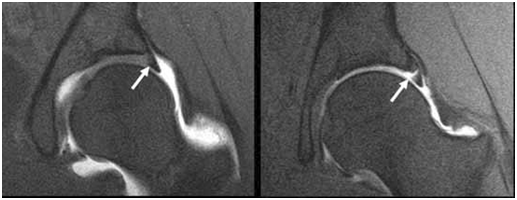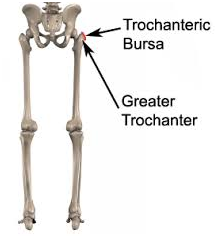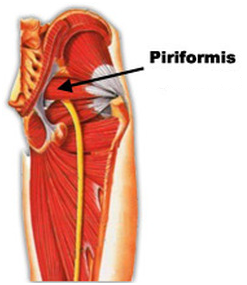Hip Treatments
HIP ARTHRITIS

Arthritis can happen in any joint. Most commonly, arthritis is found in the weight bearing joints of the body; such as the hip. Arthritis is the wear and tear of the joint cartilage that leads to decrease in the joint space and symptoms such as pain and stiffness. Arthritis develops gradually over time and symptoms often present as the arthritis progresses. Diagnosis is confirmed with X-ray.
Along with pain and stiffness, patients may also experience nighttime discomfort, loss of motion, and inability to walk long distances due to pain and limitation. Unfortunately there is no cure for arthritis. Once cartilage is damaged it cannot be replaced.
Several conservative treatment options exist to manage arthritic related symptoms. Anti-inflammatory pills or periodic cortisone injections inside the joint are helpful to reduce inflammation and pain. Physical therapy is also helpful to regain motion and strength.
Surgical treatment for hip arthritis is a hip replacement which removes the arthritic joint components and exchanges them for an artificial joint. After the surgery is complete, physical therapy will be initiated to regain motion and strength.
Click here to read more about this surgery and the recovery process.
HIP LABRAL TEAR
The labrum of the hip is a thick cuff of tissue that surrounds the joint to give it stability. Tears in the labrum can develop over time with repetitive trauma, be degenerative in nature, can occur after a single hip injury, or can be the result of an anatomical variant in hip joint development.
Symptoms typically involve groin or buttock pain, painful rotation of the hip, and often times a catching sensation in the hip when changing positions. Diagnosis is made via physical exam and with a special MRI called an MRI arthrogram.
Treatment consists of modalities to reduce inflammation, along with physical therapy to work on hip strengthening. In some cases, surgery is necessary to repair the torn labrum. This involves either debriding the labrum or repairing it back down to the bone with anchors. Often times a decompression of the bone is also done to provide more room for the labrum.
Click here to read more about this surgery and the recovery process.
GREATER TROCHANTERIC BURSITIS
On the outside of your hip is a large bony prominence called the greater trochanter. It is at this bone that your gluteal and hamstring muscles attach. Overlying this area is a fluid-filled sac called a bursa. Inflammation of this bursa is called bursitis and this condition typically causes pain on the outside portion of the hip.
Most commonly, greater trochanteric bursitis develops over time, although it can arise from direct trauma. Symptoms include pain and achiness over the outside of the hip and buttock area, burning and tenderness to this area, and sometimes radiation of pain down the lateral aspect of the leg over the IT band. Diagnosis is primarily made via physical exam, but an MRI can be helpful.
Treatment for this condition consists of reducing inflammation as well as aggressive physical therapy for stretching of the hamstrings, gluteal muscles, and IT band. Commonly, a cortisone injection is given over the bursa. Greater trochanteric bursitis usually responds well to conservative care; however there is a surgical option available for refractory cases.
PIRIFORMIS SYNDROME
Similar to greater trochanteric bursitis, piriformis syndrome causes pain over the buttock area and posterior hip that is often described as a burning sensation. Typically, symptoms radiate down the back of the leg to the knee.
Your piriformis muscle is a small triangular shaped muscle that lies on top of the sciatic nerve. When this muscle is tight, it puts pressure on the nerve which causes burning and achiness. Diagnosis of this condition is made via physical exam, but often times an MRI is needed to rule out any other pathology.
Piriformis syndrome usually arises over time and can become chronic. The mainstay of treatment is stretching and anti inflammatory medication. In severe and recurrent cases, a surgical procedure can be done to release the piriformis muscle and take pressure off the sciatic nerve.



